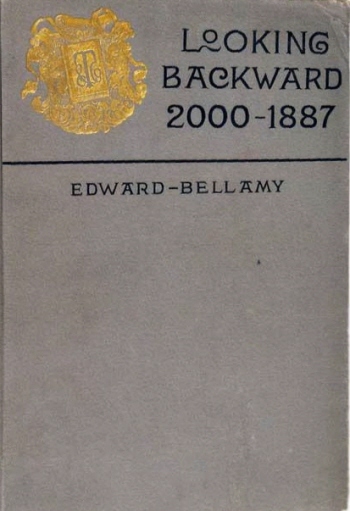
References and Quotes
The three most influential books ever published in North America, setting aside the Bible and The New England Primer were all published in the years of the utopian transformation of America which gave us government schooling: Uncle Tom’s Cabin, or Life Among the Lowly (1852), a book which testifies to the ancient obsession of English-speaking elites with the salvation of the under-classes; Ben-Hur (1880), a book illustrating the Christian belief that Jews can eventually be made to see the light of reason and converted; and the last a pure utopia, Looking Backwards (1888), still in print more than one hundred years later, translated into thirty languages.1
Economist Donald Hodges’ book, America’s New Economic Order, traces the intellectual history of professionalism in management (John Kenneth Galbraith’s corporate "Technostructure" in The New Industrial State) to Looking Backwards which described an emerging public economy similar to what actually happened. Hodges shows how various theorists of the utopian transition like John Dewey and Frederick Taylor shaped the regime of professional managers we live under.
In 1944, three American intellectuals, Charles Beard, John Dewey, and Edward Weeks, interviewed separately, proclaimed Edward Bellamy’s Looking Backwards second only to Marx’s Das Kapital as the most influential book of modern times. Within three years of its publication, 165 "Bellamy Clubs" sprouted up. In the next twelve years, no less than forty-six other utopian novels became best sellers.